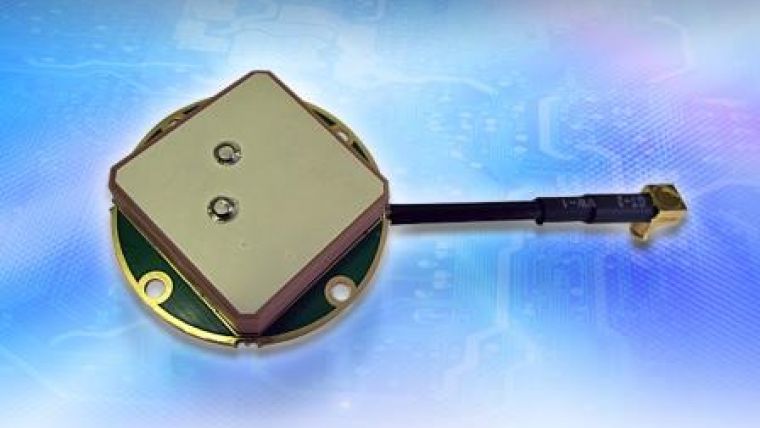Tallysman Optimises GNSS Antennas with Accutenna Technology
Canada-based company Tallysman has announced that its range of antennas featuring proprietary Accutenna technology is optimised for today’s multi-constellation satellite systems, including the Galileo system, BeiDou, GPS, GLONASS and IRNSS. Additional satellites were launched by the ESA (Galileo 7 and 8) the US (GPS IIF-9) and India (IRNSS-1D) during March 2015, and it is believed that China has also successfully launched its new-generation BeiDou-3 M1. The expanding number of satellites will benefit many applications, from next-generation in-car navigation systems to coastguard search & rescue and precision agriculture.
Tallysman describes their compact GNSS antenna range with Accutenna technology as future-proof. GNSS is changing, and an increasing number of receivers are capable of accessing multiple constellations – GPS, GLONASS, Galileo, BeiDou – but to provide the high precision these new generation of satellites enable also requires new antenna technology. Tallysman’s proprietary Accutenna dual feed patch technology used in the company’s wide range of GNSS antennas provides truly circular response over the entire antenna bandwidth, yielding superior multi-path signal rejection-low axial ratios, tight Phase Centre Variation (PCV), and a linear phase response, giving market-leading precision and price performance. Single feed patch antennas, by contract, only provide a circular response at a single frequency and exhibit poor multipath signal rejection when receiving signals from two or more constellations. A pre-filtering option is available that gives additional protection from near out-of-band signals if required.
Today’s wideband GNSS signals require a pure right-hand-circular response over a much wider bandwidth, explained Gyles Panther, president, Tallysman. An inadequate phase response results in poor cross polarisation suppression, which simply cannot be overcome in the GNSS receiver chip, regardless of its capabilities. Moreover, multipath interference can be expected, even in normal reception situations. Accutenna technology is a cost-effective way to ameliorate this and is particularly beneficial in situations where precision matters, he added.

Value staying current with geomatics?
Stay on the map with our expertly curated newsletters.
We provide educational insights, industry updates, and inspiring stories to help you learn, grow, and reach your full potential in your field. Don't miss out - subscribe today and ensure you're always informed, educated, and inspired.
Choose your newsletter(s)












